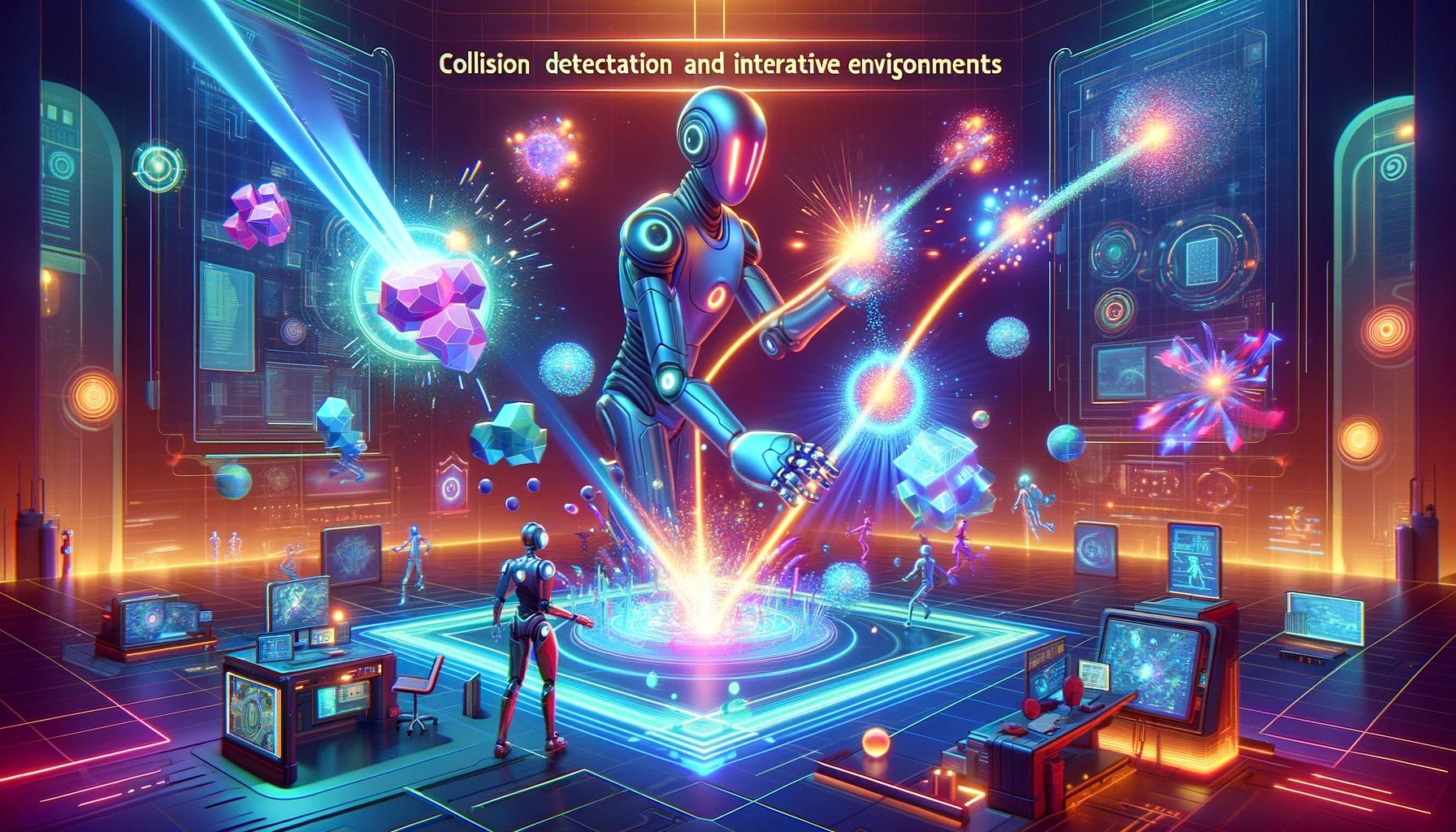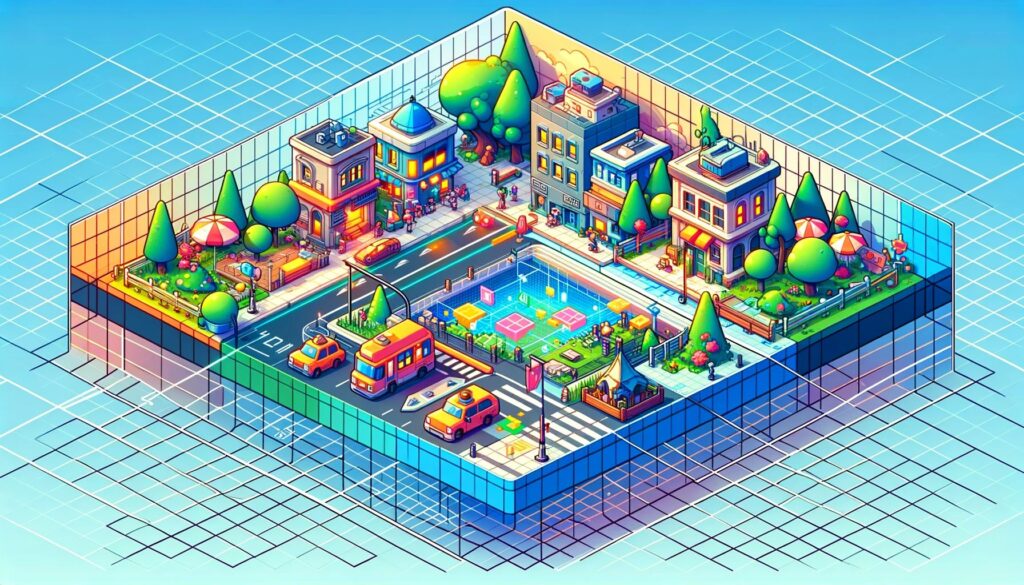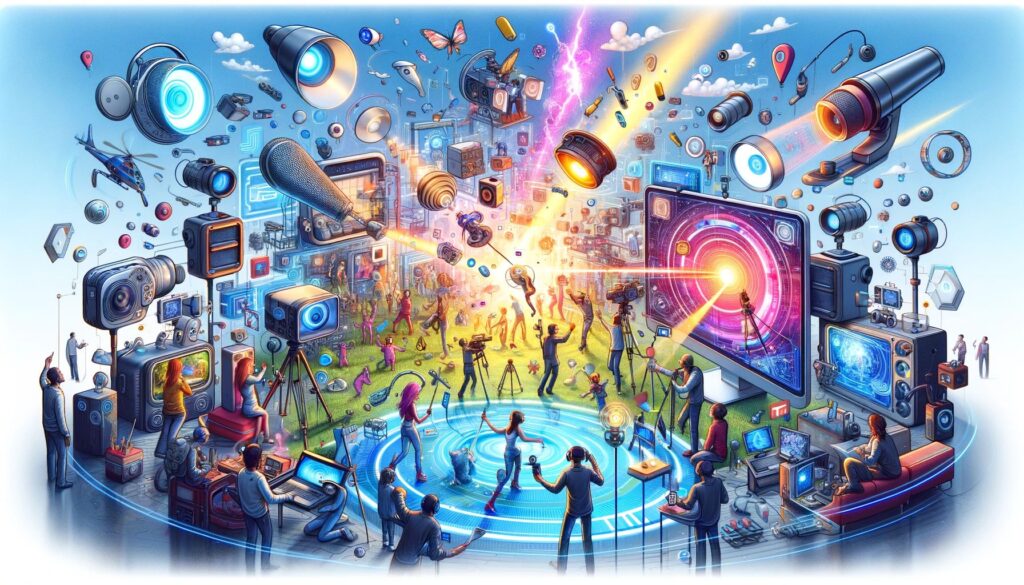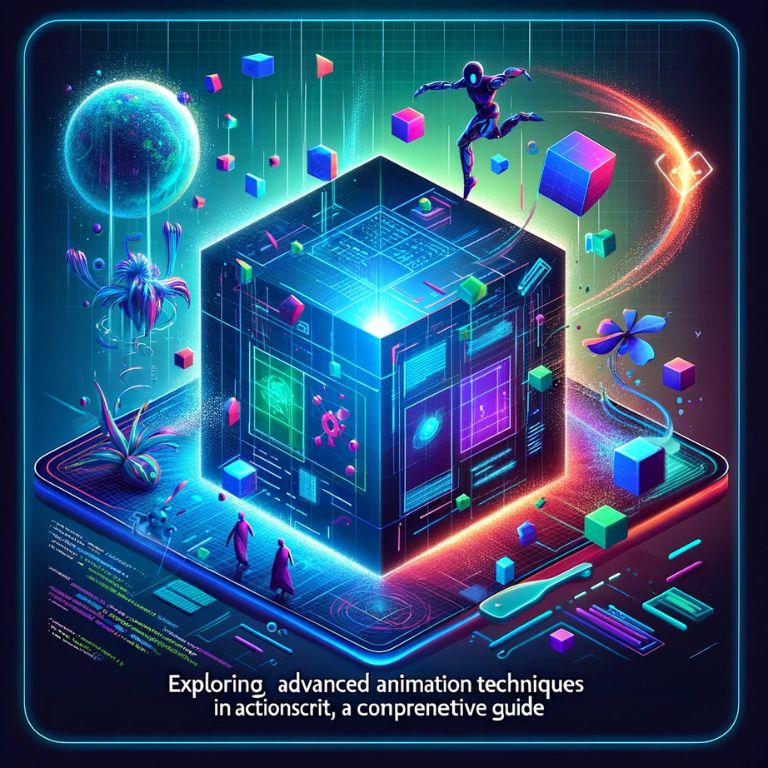The world of animation has been revolutionized by ActionScript, especially in web-based environments. This powerful scripting language, primarily used with Adobe Flash, enables the creation of dynamic, interactive animations that are both visually stunning and highly functional. As we delve into advanced techniques, it’s important to understand how ActionScript has evolved from simple animations to complex, interactive designs.
Advanced ActionScript animation goes beyond basic motion and effects, involving sophisticated interaction, physics, and even 3D elements. The journey from ActionScript 2.0 to ActionScript 3.0 marked a significant shift, with the latter introducing a more robust and object-oriented approach. This shift paved the way for more complex and efficient animations, allowing developers and designers to push the boundaries of what’s possible in digital animation.
Key to advanced ActionScript animation is a deep understanding of its capabilities: from manipulating movie clips and handling user interactions to integrating external data and controlling complex sequences. With these advanced skills, animators and programmers can create immersive experiences that respond to user inputs, simulate real-world physics, and even incorporate AI elements.
The following sections will explore various advanced techniques, each focusing on a specific aspect of ActionScript animation. From collision detection to 3D rendering, these techniques will provide a comprehensive toolkit for animators looking to elevate their work in ActionScript.
Collision Detection and Interactive Environments

In the realm of advanced ActionScript animation, collision detection plays a crucial role, especially in creating interactive environments and games. This section explores the techniques and principles necessary for implementing effective collision detection in ActionScript animations.
Understanding Collision Detection
Collision detection is the process of identifying when two or more objects in an animation intersect or come into contact. This is essential in games and simulations where interactions between objects determine the course of events.
Techniques for Collision Detection
- Bounding Boxes: Simplest and fastest method, where each object is surrounded by an invisible box. Collisions are detected when these boxes overlap.
- Pixel-Perfect Collision: More accurate but computationally intensive, this method checks for collisions at the pixel level.
- Shape-Based Collision: Involves detecting collisions based on the actual shape of the objects, which is more precise than bounding boxes but less intensive than pixel-perfect detection.
Implementing Collision Detection in ActionScript
- Basic Implementation: Involves calculating the positions of objects and determining if their bounding boxes overlap.
- Advanced Techniques: Utilizing libraries or building custom algorithms for more complex scenarios, like pixel-perfect detection or physics-based interactions.
Interactive Environments
Creating interactive environments with collision detection enables objects to respond realistically to collisions, adding depth and realism to animations. This can include changing directions, triggering animations, or initiating game logic when a collision occurs.
Challenges and Optimization
- Performance Issues: Collision detection can be computationally expensive, especially in animations with many objects.
- Optimization Strategies: Implementing spatial partitioning, reducing the frequency of collision checks, and simplifying collision models can help in managing performance.
Motion Control and Steering Behaviors
In the dynamic world of ActionScript animation, mastering motion control and steering behaviors is pivotal for creating lifelike and interactive animations. This section delves into the techniques for implementing complex motion patterns and behaviors in animated objects.
Essentials of Motion Control
Motion control in ActionScript involves directing how an object moves and behaves in an animated environment. This encompasses velocity, acceleration, and direction changes, all critical for simulating realistic movement.
Steering Behaviors
Steering behaviors are algorithms that enable characters or objects to navigate around an environment in a lifelike manner. They can simulate a variety of movements, such as seeking a target, fleeing, arriving smoothly, wandering, or following a path.
Implementing Steering Behaviors in ActionScript
- Seek and Flee: Basic behaviors where an object moves towards or away from a target.
- Arrival: Involves slowing down as the object approaches its target, for a more natural movement.
- Path Following: Complex behavior where an object follows a predetermined path, useful in games and simulations.
Combining Behaviors for Complex Movements
Advanced animations often require combining multiple steering behaviors. For instance, an animated character might seek a target while avoiding obstacles, requiring a blend of ‘seek’ and ‘obstacle avoidance’ behaviors.
Challenges and Considerations
- Balancing Realism and Performance: While more complex behaviors provide realism, they require more processing power.
- Tuning Parameters: Adjusting the parameters of steering behaviors is crucial for achieving desired results, such as how quickly an object accelerates or how sharply it turns.
Isometric Projection and 3D Techniques

Isometric projection is a key technique in advanced ActionScript animation for creating a 3D appearance in 2D spaces. This method is crucial for games and simulations that require a three-dimensional perspective while being rendered on a two-dimensional plane.
The Basics of Isometric Projection
- Definition: Isometric projection involves displaying objects in 3D space on a 2D surface, where the x, y, and z axes are typically rotated at 120-degree angles to each other.
- Application: It’s widely used in video games and simulations to create a sense of depth and dimension.
Creating Isometric Views in ActionScript
- Coordinate Transformation: Transforming traditional x, y coordinates into isometric coordinates involves mathematical calculations that skew the object’s position to simulate a 3D appearance.
- Depth Sorting: Critical for maintaining the visual order of objects in an isometric view, ensuring that objects further away or behind others are rendered correctly.
Implementing 3D Elements
- Flash 3D: ActionScript supports basic 3D effects, allowing objects to be rotated or scaled along the z-axis.
- 3D Frameworks: For more complex 3D effects, external frameworks like Away3D or Papervision3D can be integrated with ActionScript.
Challenges and Solutions
- Performance Considerations: Rendering 3D effects can be computationally intensive. Optimizing graphics and minimizing the number of calculations per frame is essential.
- Learning Curve: Understanding the mathematics behind isometric projection and 3D transformations requires a solid grasp of geometry and trigonometry.
Mastering isometric projection and 3D techniques in ActionScript allows animators to create more immersive and visually appealing animations. These skills are particularly valuable in the development of games and simulations where a 3D perspective enhances the user experience.
Integrating Physics for Realism
Incorporating advanced physics into ActionScript animation greatly enhances the realism and dynamics of animations. This section explores how to apply physics principles to create lifelike motions and interactions in ActionScript-based animations.
Fundamentals of Physics in Animation
- Role of Physics: Physics algorithms simulate natural forces and motions, like gravity, friction, and collision responses, providing a realistic feel to animated objects.
- Key Concepts: Understanding basic physics concepts such as velocity, acceleration, force, and momentum is essential for realistic animations.
Implementing Physics in ActionScript
- Motion Equations: Use basic kinematic equations to simulate linear and angular motion.
- Collision Response: Implementing realistic reactions when objects collide, considering factors like mass, elasticity, and conservation of momentum.
Advanced Physics Techniques
- Particle Systems: Simulate complex effects like smoke, fire, and liquids.
- Rigid Body Dynamics: For simulating the movement of solid objects, including rotation and torque.
Challenges in Physics-Based Animation
- Computational Intensity: Physics simulations can be resource-intensive, requiring optimization for smoother animations.
- Complexity: Building realistic physics systems involves complex mathematics and a deep understanding of physical laws.
Applying physics principles in ActionScript animations is a step towards creating more engaging and realistic experiences. This integration not only enhances the visual appeal but also contributes to the functional aspects of interactive applications and games.
Utilizing External Inputs in Animation

The integration of external inputs like cameras and microphones into ActionScript animations opens up a new realm of interactivity and creativity. This section discusses how these inputs can be creatively used to drive animation and enhance user engagement.
Cameras and Microphones as Interactive Tools
Camera Inputs: Use camera feeds to create interactive experiences, such as motion tracking or augmented reality animations.
Microphone Inputs: Leverage audio input to trigger or modify animations, adding a layer of responsiveness based on sound or voice.
Implementing External Inputs in ActionScript
Accessing Inputs: ActionScript provides APIs to access camera and microphone inputs.
Real-Time Interaction: Develop scripts that respond in real-time to the data received from these inputs, allowing for dynamic and responsive animations.
Creative Applications
Gesture Recognition: Utilizing camera inputs for recognizing user gestures to control animations.
Audio-Visual Synchronization: Sync animations with audio cues or create visualizations that respond to sound frequencies and volumes.
Challenges and Best Practices
User Privacy and Security: Ensure ethical use of camera and microphone data, adhering to privacy standards.
Performance Optimization: Managing the data stream from these inputs efficiently to maintain animation performance.
The use of external inputs like cameras and microphones in ActionScript animations adds an innovative layer of interactivity, significantly enhancing the user experience. This approach allows animators and developers to create more personalized and engaging content.
Advanced Drawing and Pixel Manipulation
The final frontier in advanced ActionScript animation involves mastering the Flash 10 Drawing API and Pixel Bender for creating unique and enhanced visual effects. This section explores the capabilities and techniques for advanced drawing and pixel manipulation in ActionScript.
1. Flash 10 Drawing API
- Capabilities: Allows for intricate and dynamic graphic creation and manipulation in real-time.
- Vector Drawing Techniques: Utilize vector graphics for scalable and efficient animations.
2. Pixel Bender for Custom Effects
- Overview: Pixel Bender is a tool for creating custom filters and effects.
- Application in ActionScript: Implement Pixel Bender shaders for advanced visual effects, like blurs, distortions, or color transformations.
3. Implementing Advanced Drawing Techniques
- Paths and Shapes: Create complex shapes and paths dynamically.
- Manipulating Bitmap Data: Directly alter pixel data for effects like custom image processing or generative art.
4. Challenges and Optimization
- Performance: Advanced drawing and pixel manipulation can be resource-intensive.
- Optimization Strategies: Employ techniques like caching or limiting the scope of pixel-level operations.
Mastering these advanced drawing and pixel manipulation techniques in ActionScript empowers animators and developers to push the boundaries of creativity and innovation in their animations, offering unique visual experiences.




